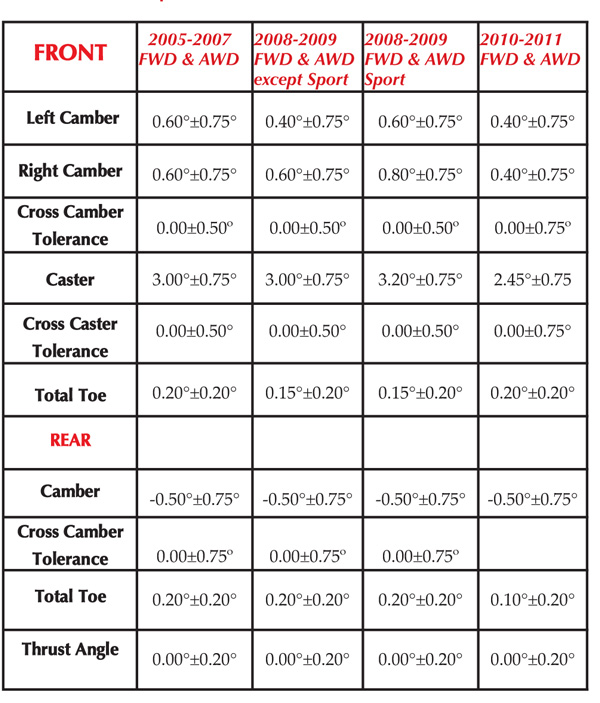


The release expands ZF’s line by more than 70% reflecting growing demand for advanced damping technology in the aftermarket.
ZF Aftermarket announced the launch of 33 new part numbers in March for SACHS Continuous Damping Control (CDC) shock absorbers for approximately 1.6 million passenger vehicles in operation in the U.S. and Canada (USC). The new products expand ZF’s line of SACHS CDC shock absorbers by more than 70 percent, reflecting growing demand for advanced damping technology in the aftermarket, according to ZF.
Take a look at some of the things you need to know in order to service the brakes on a Mercedes-Benz AMG vehicle.

Incorrect readings can be avoided.

The system provides great ride & handling, but it can be complicated to service if you do not have the right training.

Technical Service Bulletins can be valuable in helping solve vehicle problems. But sometimes, it takes multiple TSBs to find a pattern failure or the “root cause” of a problem. In the case of the Audi/VW 2.0L Fuel Stratified Injection (FSI) engine introduced in 2006, three problems related to engine carbon and fuel issues are connected

It features a motion detection switch that allows mechanics to turn the light on and off with a wave of their hand.

The latest software includes new coverage, guided component tests and features.
The company said it hopes to uncover new improvements and technologies to innovate the retread process.
Nissan’s steering system is susceptible to driver-error.
